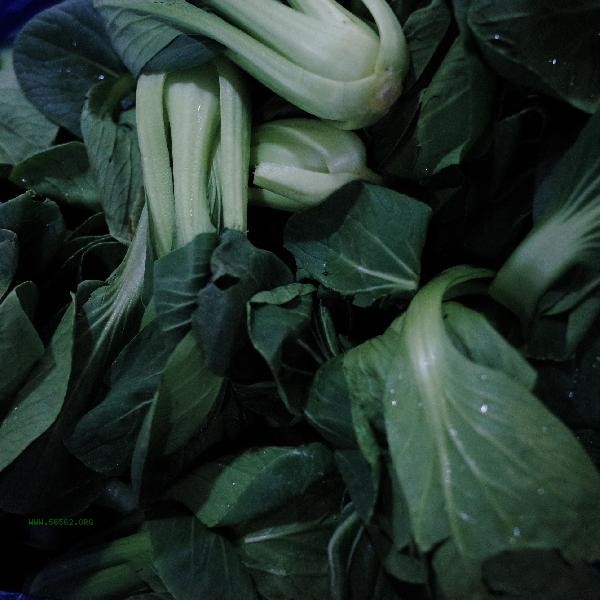The size selection of green vegetables should be based on cooking needs and nutritional characteristics. Large leaf green vegetables are more suitable for stewing or filling, while small leaf green vegetables are more suitable for quick stir frying or cold mixing. The leaf size of green vegetables directly affects their texture and distribution of nutrients. Large leaf vegetables usually have thick stems and leaves, containing a lot of dietary fiber and minerals. They can maintain a certain taste even after being heated for a long time, making them suitable for making soup dumplings or filling. These types of vegetables accumulate more chlorophyll and calcium elements during their growth cycle, which are beneficial for bone health, but crude fiber may increase digestive burden. Small leaf vegetables such as chicken feather vegetables and small white vegetables have a soft texture and relatively high content of vitamin C and folate. Quick stir frying can maximize the retention of water-soluble vitamins, making them suitable for people with poor dental health or as a complementary food for young children. The carotenoid content of some small leaf varieties is several times higher than that of large leaf varieties, which has a more significant effect on visual protection. From a planting perspective, large leaved green vegetables are mostly cultivated in the open air, receiving more sufficient light and synthesizing more antioxidant substances, but may have more pesticide residues. Greenhouse grown leafy greens have fewer pests and diseases, lower nitrate content, and are suitable for raw or juiced consumption. Small green vegetables of the same variety are usually in the early stages of growth, with high moisture content and low sugar content; Large grains are approaching maturity, with higher concentrations of some nutrients but may contain small amounts of nitrite. Special varieties such as Wuta Cai and purple rapeseed have little impact on their nutritional value due to size differences, but the main difference lies in their taste. When choosing vegetables, there is no need to overly pursue size, freshness is the key indicator. It is recommended to prioritize selecting local vegetables with intact leaves and no yellow spots during the season. Large leaf vegetables can be blanched in advance to remove oxalic acid, while small leaf vegetables should avoid prolonged soaking. Alternating consumption of vegetables of different sizes can provide more comprehensive nutrients. For those with gastrointestinal sensitivity, large leafy vegetables can be chopped up and cooked. It is recommended to choose the tender leaf part as a complementary food for children. Keep dry and refrigerated during storage, and try to consume within 3 days to reduce the risk of nitrite.











Comments (0)
Leave a Comment
No comments yet
Be the first to share your thoughts!